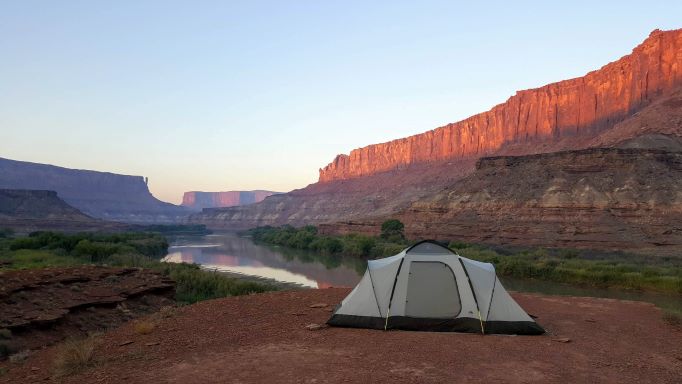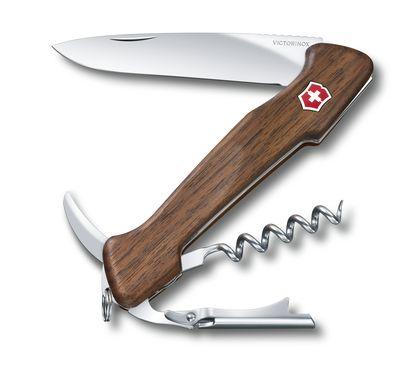Selecting a camp site for safety

- Camp site.jpg (37.22 KiB) Viewed 669 times
Take time to locate the best position for your tent. Don't arrive after dark as that makes it more difficult to check out the environment.
Avoid setting up camp next to hazards like dead (or dying) trees, power lines, critter holes, loose rock and those areas prone to flash flooding.
If the entire area is a flood plane, pick a spot that has good drainage. You don't want water pooling around your tent.
Speaking of water, camping ethics recommend that you not set up camp within 200 yards of streams or ponds. This is so you don't disturb wild game that uses those sources of water ( and they don't disturb you!)
Also, avoid setting up next to plants and bushes that could cause a problem. Some of these include poison ivy (and related plants) and cacti. While more of a nuisance, these plants can still ruin a day or weekend.
Logistics:
Assuming the area is free of obvious hazards, here are some additional suggestions to consider.
Inspect the ground for pebbles, sticks and other sharp objects. You may need to rake or otherwise clear a patch of ground for your tent. If you're camping on an incline, position your tent so your head will be uphill. That is generally the most comfortable position.
Rarely do you find flat, smooth ground outside established parks and campgrounds. You get to your camping area and find one section that's bumpy or grooved. Another spot is smooth but at an angle. Which do you choose?
Most people select the bumpy ground because they prefer being on the level. They know their air mattress or other padding will provide a comfortable sleep. Assuming drainage isn't a factor, this type of decision is more based upon personal preference. Give it some thought when you face this scenario for the first time.
If you're camping near the bottom of a large hill, walk around to get a feel for the run-off pattern(s). Even light rains can generate small streams for a brief time.
Setting up camp next to a large boulder may seem like a good idea – it creates a natural wind break “ but inspect the area above the boulder. Do you see loose rocks? Those could come tumbling down on your head during a storm. Wind whipping around the boulder sometimes causes howling or whistling noises. If you're a light sleeper, you may consider placing your tent somewhere else.
Trees and shrubs provide some protection from the elements, including a beating sun. Inspect for dead limbs, beehives and critter nests or dens.
Position your tent with the prevailing winds in mind. For rectangular tents, position the narrow side to the wind. If yours is tapered, the tapered side should face the wind. You're trying to minimize the wind load and therefore overall effect of any winds. Some people prefer to have the door face a non-windy direction.
As for the front door, I like to have it facing the east. I get to view a nice sunrise to start the day, and it seems to warm the tent faster.
After you've experienced it, I'm sure you'll agree that camping out is really quite enjoyable. A few days away with Mother Nature does wonders for the soul and body. When and where are you going to set up camp?
Summary of Safety Item
• Avoid tree dead falls
• Camp away from rock face to avoid falling rocks
• Avoid poison oak
• Don’t camp in washes or in natural drainage
• Avoid Ant beds
• Upwind from the camp fire & far enough away to avoid sparks
• Ground is clear of rocks, glass, sharp rocks

